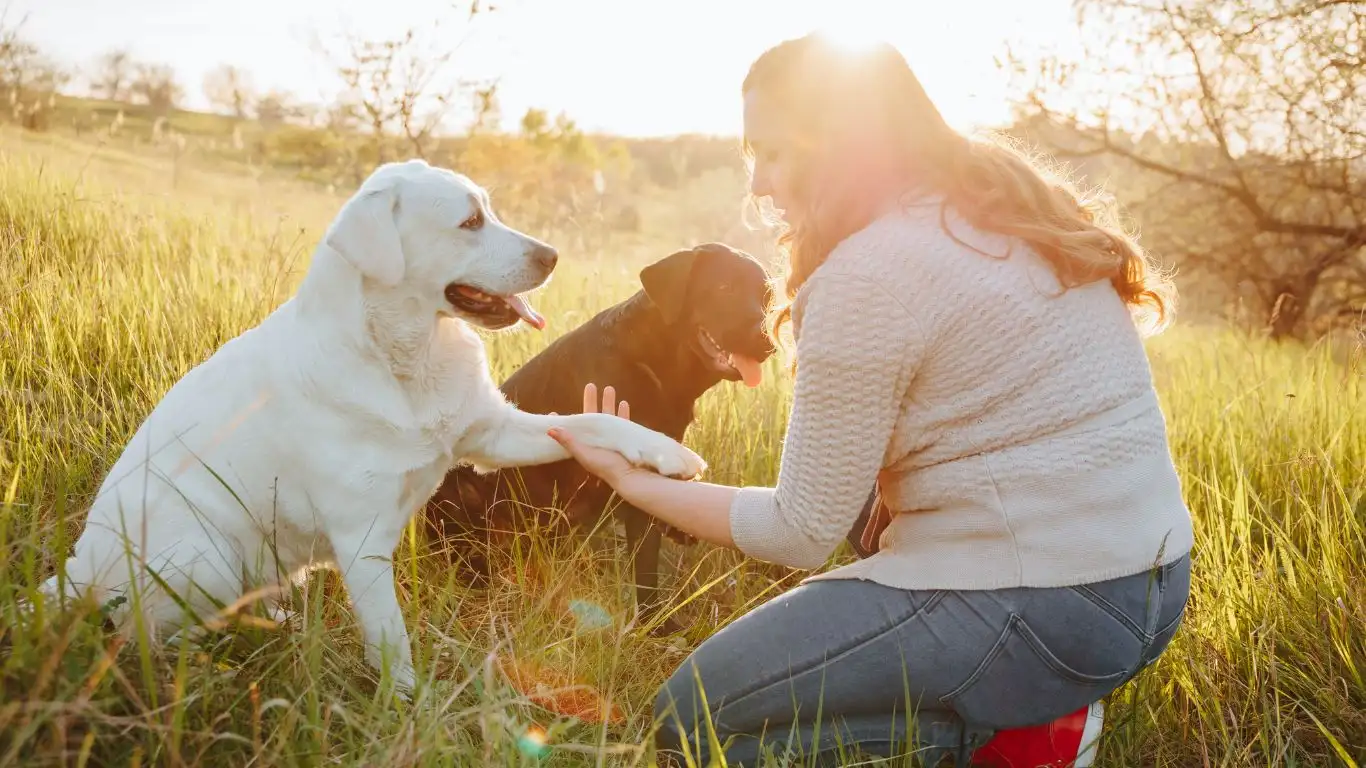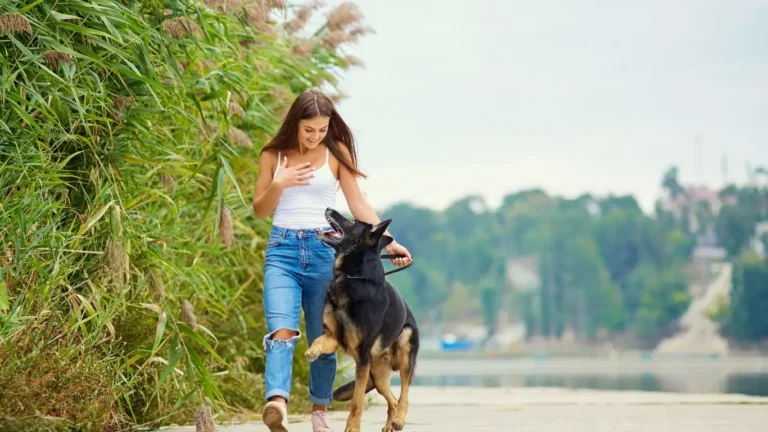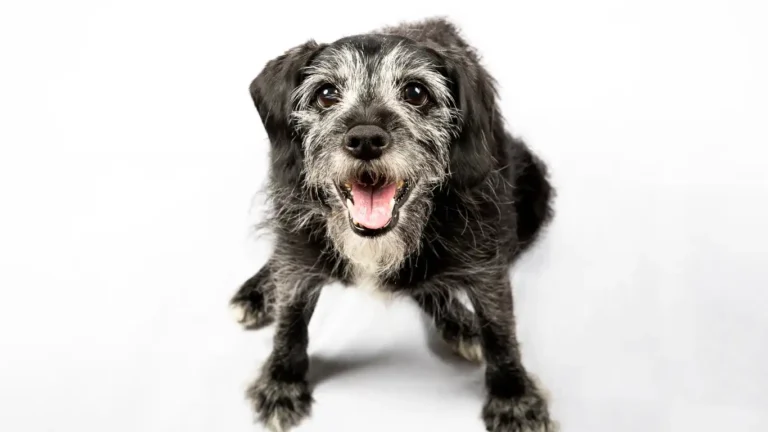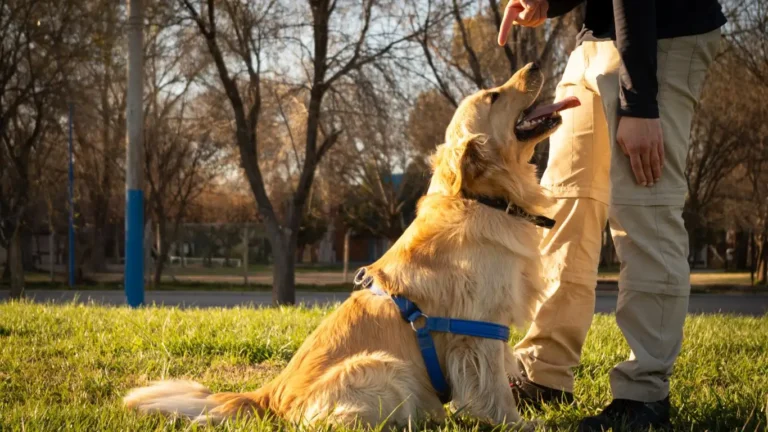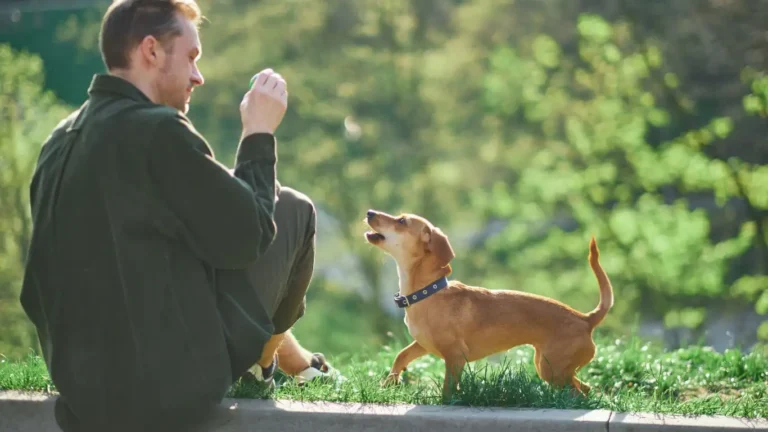Train Your Dog to Calmly Pass Skateboarders with Confidence
As a Canine-Assisted Therapy Trainer with years of experience, I’ve had the opportunity to work with a variety of dogs and their unique challenges. One of the most common issues I encounter in my training sessions is how to train a dog to calmly pass by skateboarders. It might seem like a small challenge, but for many dogs, the sight and sound of a skateboard can trigger excitement, fear, or even aggression. With the right approach, you can teach your dog to remain calm and composed, even in the face of such distractions. In this post, I’m going to share some of my best tips for overcoming this common hurdle. Whether you’re dealing with a high-energy dog or one that gets a bit nervous around moving objects, there’s hope for you to both enjoy peaceful walks, regardless of nearby skateboarders!
Understanding Your Dog’s Reaction to Skateboarders
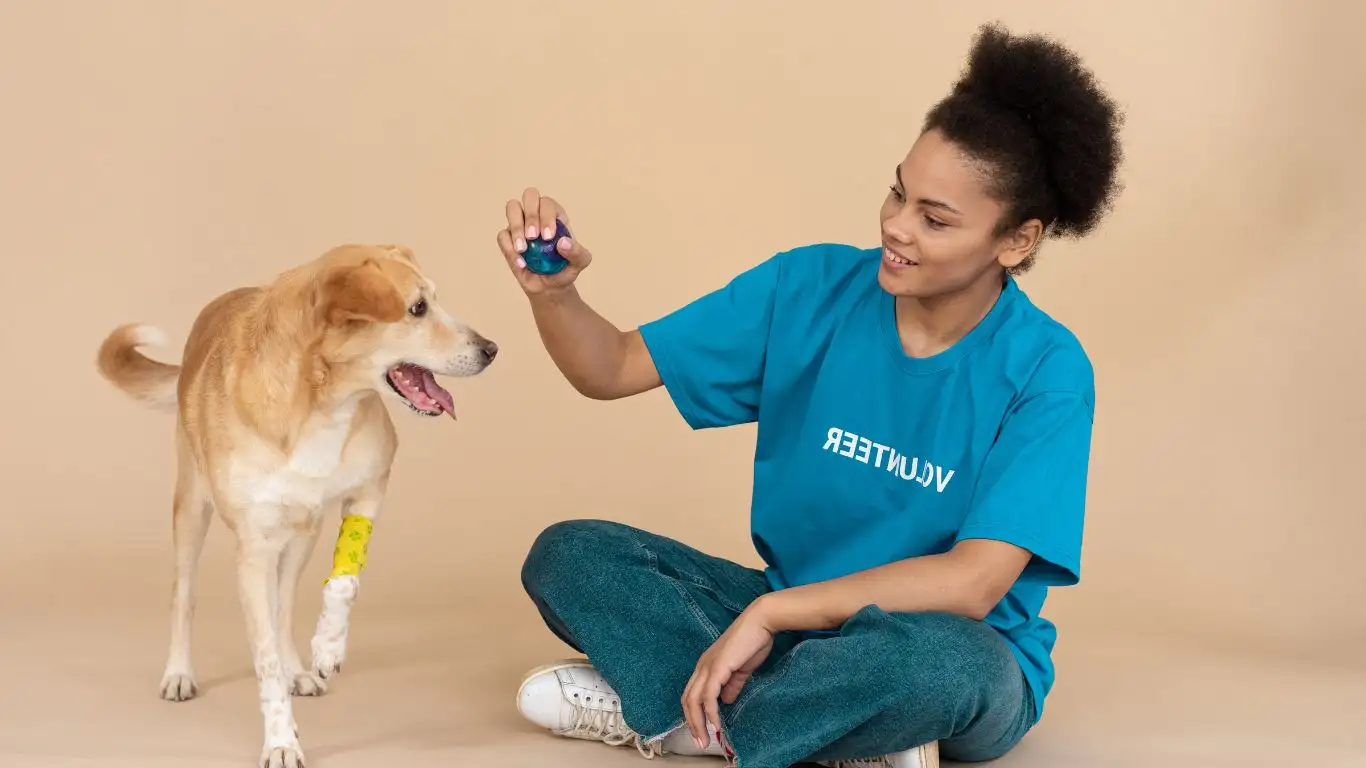
Before you start training, it’s important to understand why your dog reacts the way they do around skateboarders. From my experience, it’s usually one of two things: they either become overly excited or frightened. This reaction can stem from the fast-moving, unpredictable nature of skateboards, which can make dogs feel unsettled or even threatened.
If your dog is excited, they might start pulling on the leash, barking, or even trying to chase after the skateboard. This is typically a sign of prey drive or simply an overflow of energy that hasn’t been channeled in the right way. On the other hand, a dog that is fearful of skateboarders might try to pull away, hide behind you, or even show signs of anxiety such as shaking or whining. Recognizing the difference is crucial in tailoring your training to your dog’s specific needs.
Common Mistakes to Avoid When Training Your Dog Around Skateboards
One of the biggest mistakes I see owners make when training their dogs around skateboarders is rushing the process. The key here is patience—training takes time and consistency. Here are a few common pitfalls to avoid:
- Using force or punishment: If your dog is acting out, it might be tempting to correct them harshly. However, punishment can increase fear or anxiety, making the problem worse. Positive reinforcement is always the way to go.
- Training in too overwhelming of an environment: Starting the training right in the middle of a busy skateboarding park is setting your dog up for failure. Begin in a quieter environment and slowly build up the intensity.
- Not managing your own stress: Dogs are highly sensitive to human emotions. If you’re stressed or anxious about the training session, your dog will pick up on that, making it harder for them to stay calm.
The First Steps in Teaching Your Dog to Pass by Skateboarders Calmly
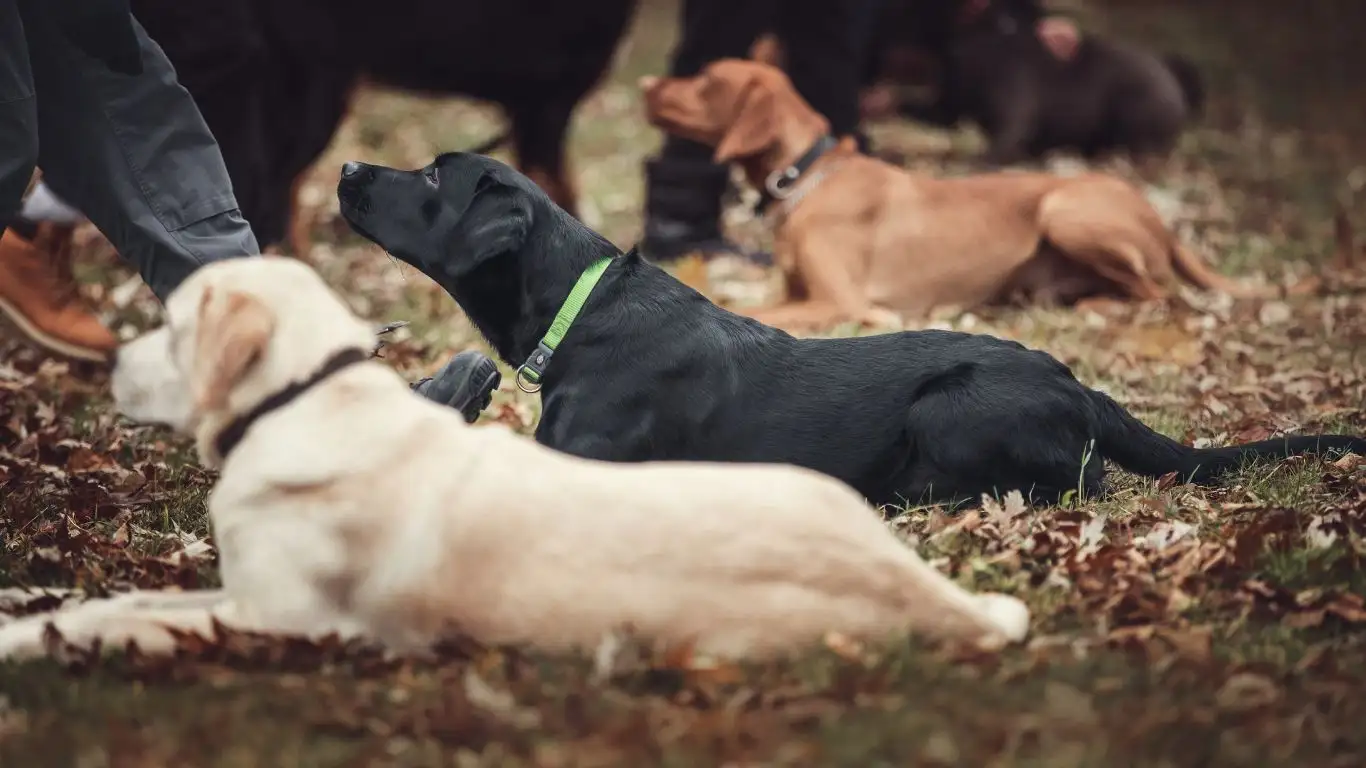
Now that we have an understanding of why your dog may be reacting this way, let’s dive into some simple yet effective training steps that have worked wonders for many of my clients. The goal is to create a positive association with skateboarders, so your dog sees them as just another part of their everyday environment, instead of something to react to. Here’s how we can get started:
Step 1: Build a Strong Foundation with Basic Obedience
Before tackling the skateboard issue directly, it’s essential that your dog has a solid understanding of basic obedience commands. I always recommend starting with commands like sit, stay, and focus (look at me). These are the building blocks of good behavior and will help your dog stay engaged with you during training, even when skateboarders pass by.
Spend a few weeks reinforcing these commands in a low-distraction environment before moving on to more challenging scenarios. Remember, you want your dog to focus on you, not on the skateboarder. Consistency is key here—if you can get your dog to reliably obey these commands at home, it will be much easier to work through the distractions outdoors.
Step 2: Introduce Skateboards in a Controlled Environment
Once your dog has a good grasp of basic commands, it’s time to introduce the skateboard—but in a controlled way. This is a gradual process, so be patient and avoid overwhelming your dog too quickly. The first thing I recommend is bringing a skateboard into the house or yard. Let your dog get used to the sight and smell of it without moving it. It’s important not to rush this stage; some dogs may take longer to acclimate to the presence of the skateboard. Let them explore it at their own pace, while staying calm and focused on you.
As your dog becomes more comfortable, you can start rolling the skateboard slowly back and forth on the ground. Keep the distance between you and the skateboard at first, and only let your dog approach if they’re calm. Reward any calm behavior with treats and praise to reinforce the positive association. Avoid any tension or anxiety in your own demeanor—it’s important to stay relaxed and show your dog that skateboarders are not a threat.
Step 3: Gradual Exposure to Moving Skateboarders
Now that your dog is familiar with the stationary skateboard, it’s time to begin the real work of passing by skateboarders. The best way to do this is through gradual exposure. Find a quiet spot where there’s some foot traffic, but not too many skateboarders at first. Begin walking your dog with plenty of space between you and any skateboarders. Your goal here is to desensitize your dog to the presence of moving skateboarders without overwhelming them.
As you see skateboarders approaching, make sure your dog is in a calm, controlled position—whether that’s sitting, standing, or walking calmly by your side. If your dog starts to get excited or fearful, gently redirect their attention back to you with a command they know well, such as focus or look at me. When they respond, reward them with treats and praise.
Over time, you can gradually reduce the distance between your dog and the skateboarders. It’s crucial to go at your dog’s pace—if they’re having difficulty, give them a break and return to less challenging scenarios. Patience and consistency will go a long way in helping your dog overcome their fear or excitement around skateboarders.
What to Do If Your Dog Continues to Struggle
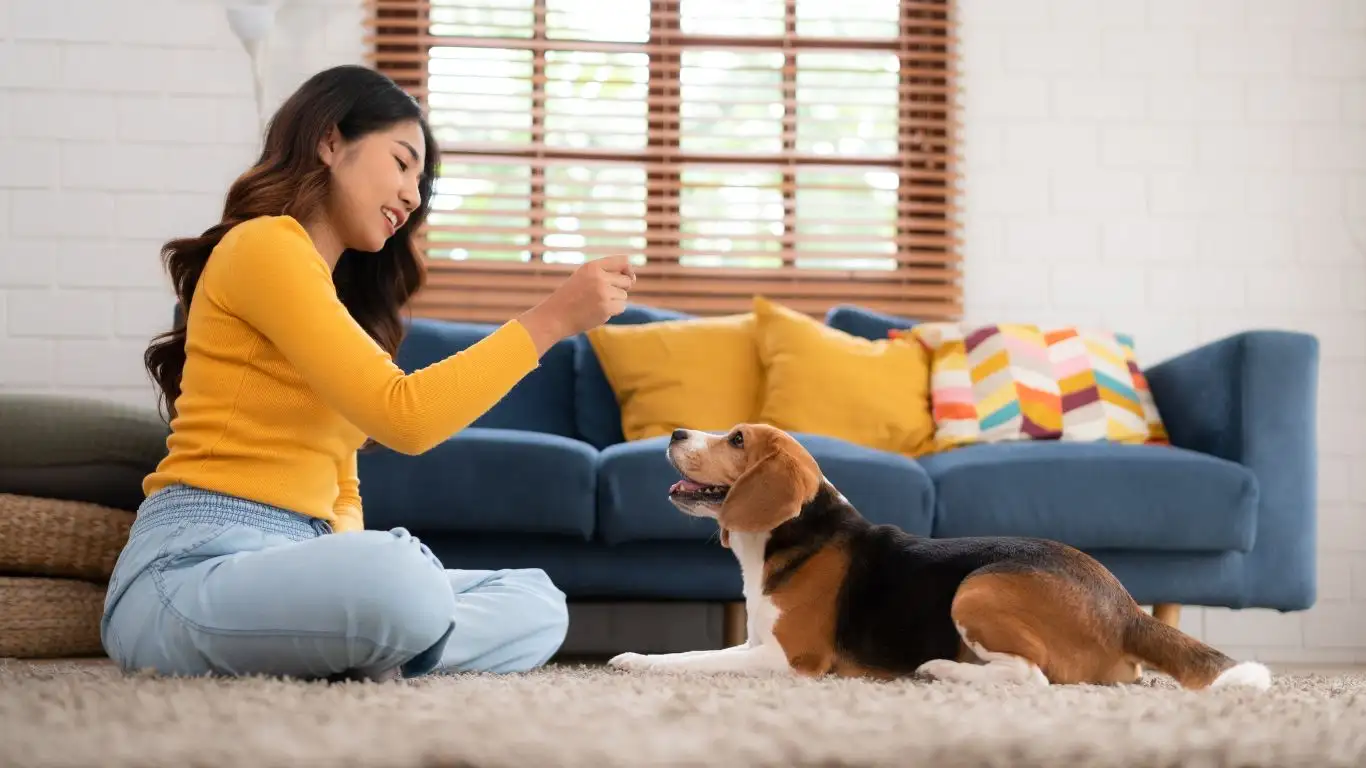
While many dogs will gradually adjust to skateboarders with consistent training, there are some that may need additional help. If your dog continues to show signs of distress despite your efforts, consider seeking help from a professional trainer who has experience working with reactive dogs. A certified dog trainer can offer more tailored guidance and help you work through the challenges your dog is facing.
Remember, it’s always okay to ask for help. Every dog learns differently, and sometimes a little extra support can make all the difference in ensuring your dog’s success.
Practicing in Real-Life Situations
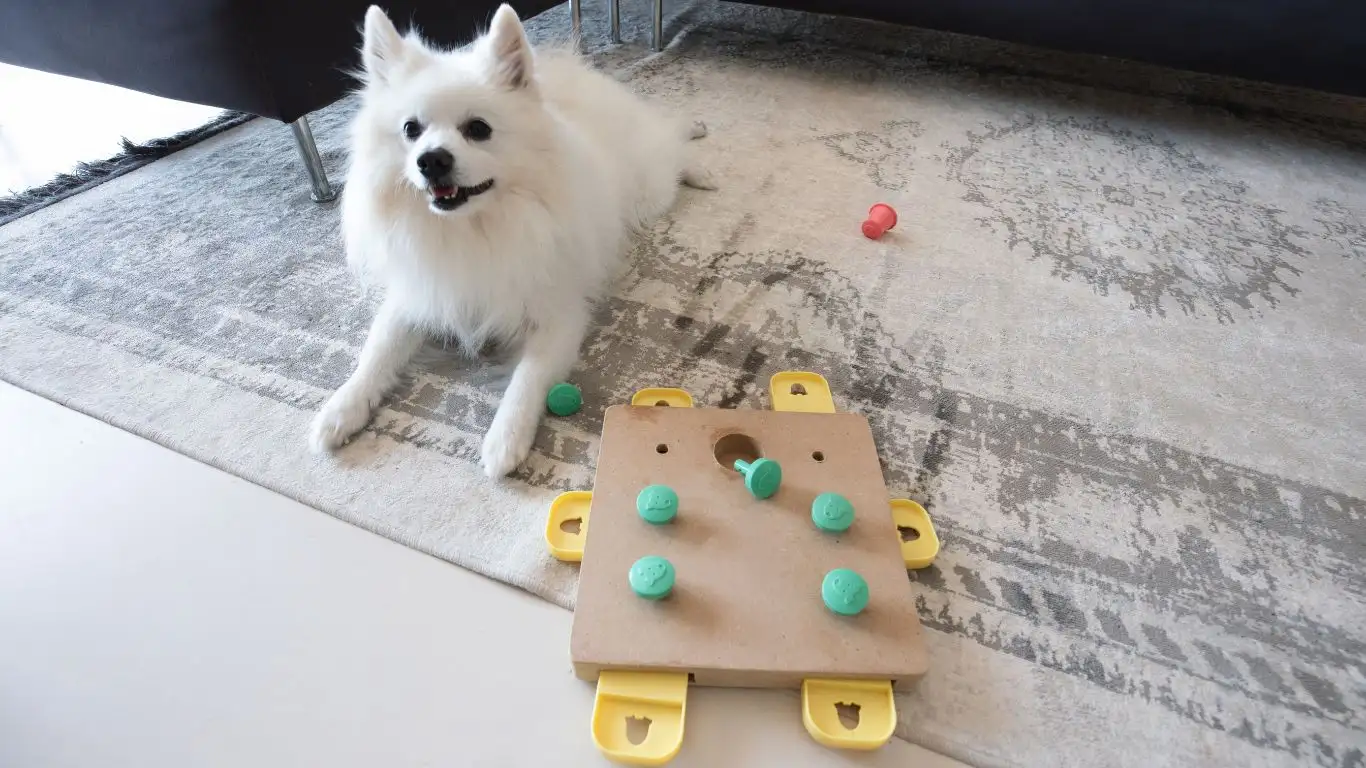
Once your dog is handling controlled skateboard encounters with confidence, it’s time to put those skills to the test in real-life scenarios. I always tell clients this is where the real magic happens. Because, let’s be honest, you can train all day in your backyard—but the world doesn’t come with training wheels. Out there, things move fast, and skateboarders don’t always glide by quietly.
Start by picking familiar walking routes where you’ve seen skateboarders in the past. It helps if these spots are not too chaotic, like a small park with the occasional teen rolling by. Timing is everything—choose times of day when the area is less busy to ease into things. For me, I found early mornings or later evenings worked wonders with reactive pups.
As you go about your walk, keep your treats handy and stay alert. If you see a skateboarder in the distance, get your dog’s attention early. I like to use a cue like watch me or let’s go to shift their focus back to me. If they stay calm, reward immediately. Don’t wait until after the skateboarder has passed—mark that calm behavior in the moment so your dog understands exactly what they’re being rewarded for.
Training Tip: Distance Is Your Best Friend
One thing that’s been incredibly helpful with many of the therapy dogs I’ve trained is working at a distance first. Think of it as your dog’s comfort bubble—the space where they can observe without getting overwhelmed. If a skateboarder is too close, your dog might react before you can redirect them. By keeping some distance, you’re setting your pup up for success.
Over time, as they master the art of staying calm, you can gradually decrease that distance. Just remember: slow and steady wins the race. Don’t rush it, even if it feels like your dog should “get it” by now. Training is not a straight line—it’s more like a wobbly zigzag. There’ll be days where your dog handles it like a champ, and others where they seem to forget everything. That’s totally normal. Keep showing up and staying consistent.
Reading Your Dog’s Body Language

This is where your relationship with your dog really shines. The better you get at reading their body language, the quicker you can intervene and keep things positive. I’ve worked with everything from mellow retrievers to high-strung herding breeds, and every dog has their tells—those little cues that let you know what they’re feeling before they act on it.
Watch for signs like:
- Raised hackles or stiff body posture – could signal tension or alertness
- Whining or lip licking – subtle indicators of stress
- Tail tucked or ears pinned back – often show fear
- Fixated stare on the skateboarder – means it’s time to redirect quickly
If you see any of these signs, don’t panic—just calmly redirect their focus and reward when they shift their attention back to you. I like to carry high-value treats (think small pieces of chicken or freeze-dried liver) so that my dog is more interested in me than the moving skateboard across the street.
Using Desensitization and Counterconditioning
These two techniques are your go-to tools when it comes to how to train a dog to calmly pass by skateboarders. Desensitization means gradually exposing your dog to the trigger at a level they can handle. Counterconditioning pairs that exposure with something positive—like food or play—to help shift their emotional response.
For example, when I was working with a young Aussie who would lose his mind every time a skateboard zoomed by, we started by watching skateboard videos at low volume on my phone. Weird, I know—but it worked. We paired that with calm praise and a steady stream of snacks. Then, we progressed to observing skateboarders from a safe distance, where he could stay relaxed and still take treats. Eventually, we worked up to walking past a real skater with zero meltdowns. That transformation didn’t happen overnight, but it was so worth it.
Involving Friends and Volunteers

One method that’s been a game-changer for many of my clients is enlisting the help of a friend who can play the role of the skateboarder. This gives you full control over the pace and intensity of the training session. You can ask your volunteer to move slowly, stop and start, and even come to a full stop as needed—none of which is realistic to expect from a stranger at the park.
Here’s how I usually structure these practice sessions:
- Start with the skateboarder far away and standing still. Let your dog observe and reward calm behavior.
- Have the skateboarder slowly roll a short distance. Watch your dog closely. If they stay relaxed, reward!
- Gradually increase the motion, distance, and proximity based on your dog’s comfort level.
This approach lets you stack small wins—and believe me, those little wins add up to big results. It also keeps the training process low-pressure and fun, which is exactly what you want. I often say, “if your dog isn’t having fun, you’re probably not doing it right.” Keep things light and celebratory when they succeed.
What If Skateboards Still Trigger a Reaction?
Even with all this effort, some dogs still struggle. And that’s okay! Not every dog is going to become a skateboarder’s best friend overnight. For dogs with deeply ingrained fears or anxieties, it might take longer—or you may always need to manage the environment a bit more carefully.
In these cases, don’t beat yourself up. Some of my most successful therapy dogs still have triggers we actively manage. The goal isn’t perfection—it’s progress. If your dog can walk by a skateboarder from ten feet away without barking or lunging, that’s a huge win. Celebrate that progress and keep building from there.
There are also tools you can use to help manage high-intensity moments, like no-pull harnesses or calming wraps. While tools alone won’t fix the problem, they can support your training efforts and keep everyone safe during the process.
Keeping the Training Going

Training your dog to stay calm around skateboarders isn’t a one-and-done task. It’s a skill you’ll need to maintain, like brushing up on a foreign language. Keep practicing regularly, even once your dog seems to have it down. A short five-minute session here and there can make all the difference in keeping those calm behaviors strong.
In my own life, I’ve made a habit of incorporating these little refreshers during walks. I’ll randomly ask for a sit or watch me when we see someone on wheels. Even if my dog is doing well, I still reward those calm moments because I want to reinforce the behavior for the long haul. Think of it like doggie maintenance—it keeps everything running smoothly.
When to Seek Professional Help
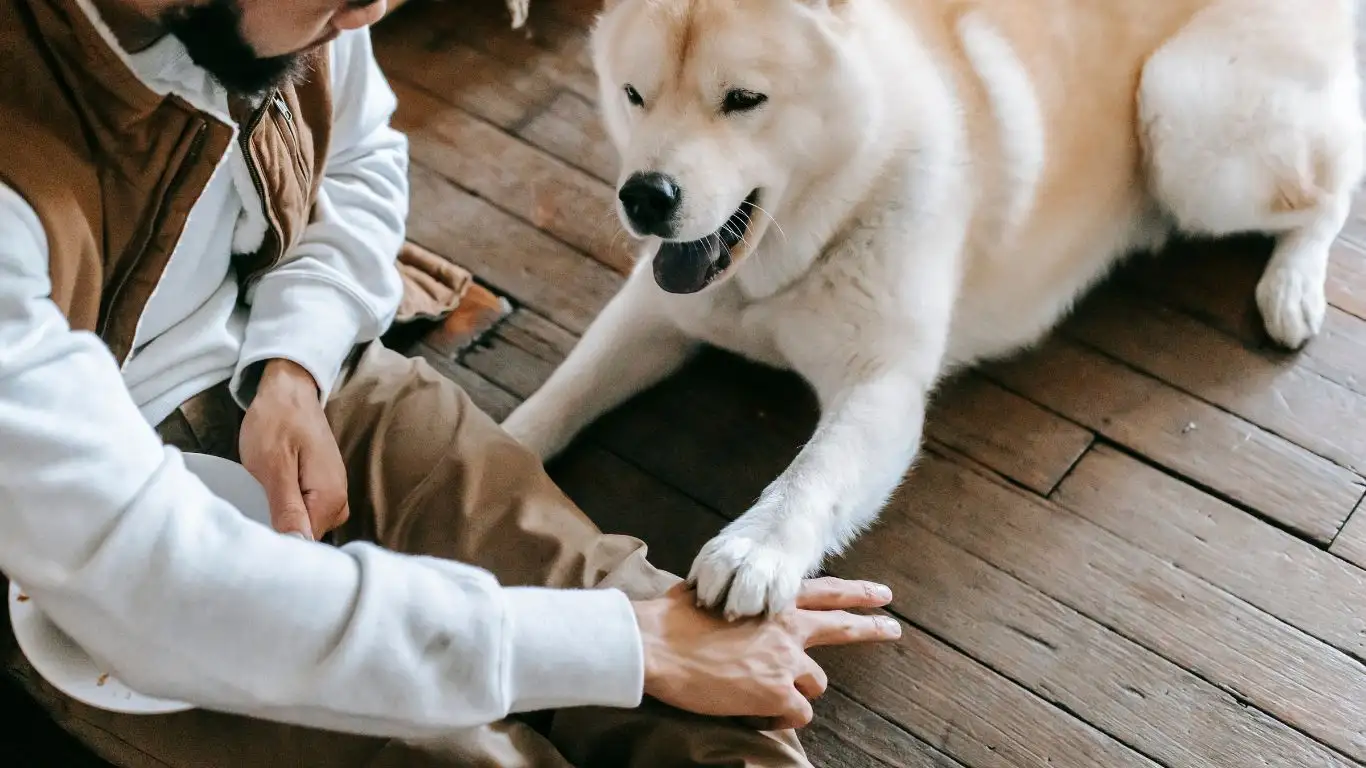
So, let’s be real for a minute—sometimes, even after all your hard work, your dog still struggles to calmly pass by skateboarders. Maybe they bark relentlessly, freeze in fear, or just won’t focus on you when those wheels come rolling by. If you’re nodding along, I totally get it. I’ve worked with plenty of dogs who needed more than just homemade strategies. And that’s when it’s time to call in reinforcements.
A professional dog trainer or behaviorist can make a world of difference, especially someone experienced in reactivity and fear-based behavior. Ideally, look for someone certified and force-free—someone who understands canine psychology and respects your dog’s pace. One of the biggest game-changers for a reactive pup I trained last year was collaborating with a vet behaviorist who also had experience with sound desensitization. Together, we helped that pup go from meltdown mode to walking calmly through a local skatepark. True story.
Working with a pro isn’t a sign of failure—if anything, it’s a smart move. You’re investing in your dog’s mental and emotional well-being. And let’s be honest, even trainers (like me!) have leaned on other trainers before. We all need a little backup sometimes.
Choosing the Right Support
When you’re searching for a trainer, look for credentials like:
- CPDT-KA – Certified Professional Dog Trainer
- Fear Free Certified – Trainers trained to reduce stress in animals
- Veterinary Behaviorist – For more severe anxiety or aggression issues
Reputable resources to browse trainer directories include AKC and PetMD. A quick consult can give you personalized insights that generic advice just can’t touch.
How to Train a Dog to Calmly Pass by Skateboarders: Long-Term Success
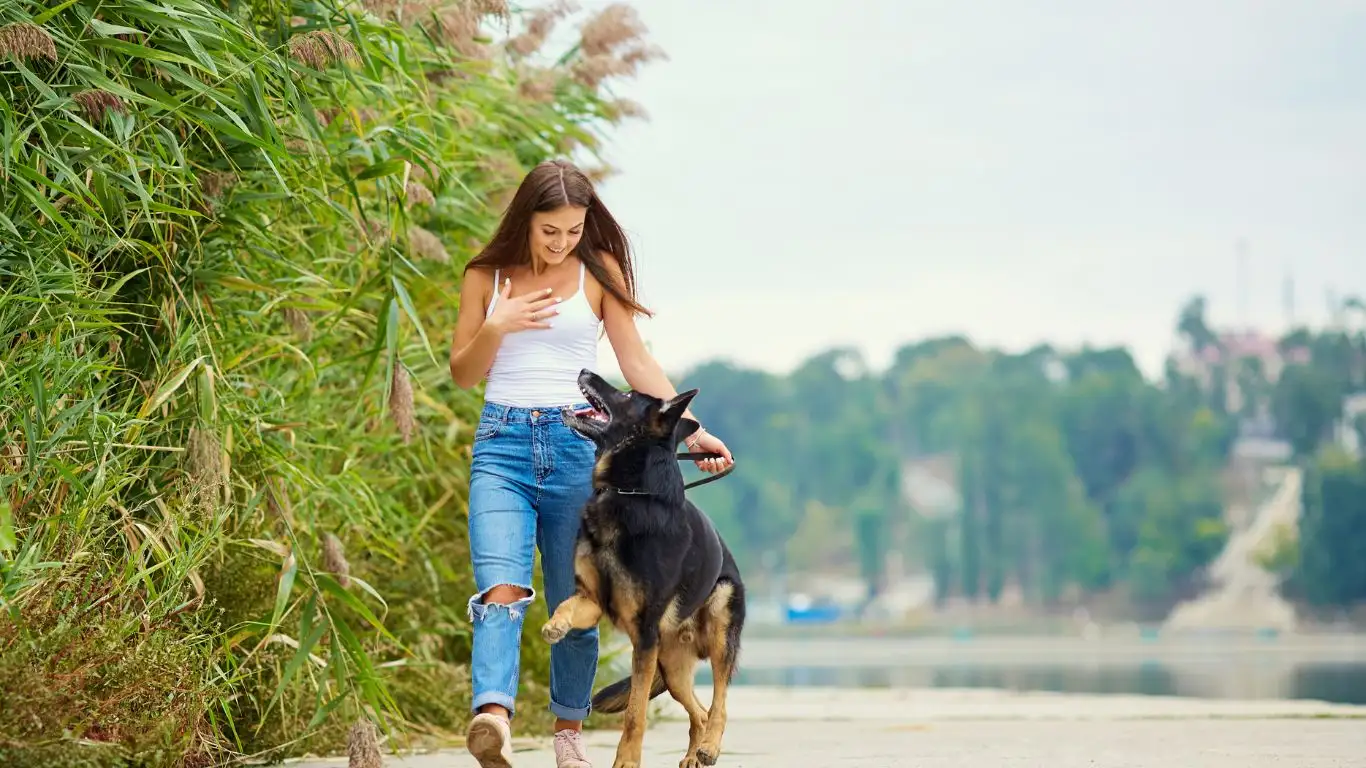
Here’s the thing about long-term success: it’s all about consistency and mindset. You’ve got to treat your training like a lifestyle, not a one-off project. Just like fitness, nutrition, or learning a new language—progress sticks when you keep at it.
Even after your dog seems like a total pro around skateboarders, it doesn’t mean the work is done. Dogs can regress, especially if they experience a bad moment (like a boarder wiping out near them or zipping past unexpectedly). That’s why I always recommend what I call “maintenance training”—just short, easy sessions a couple of times a week to reinforce the skills.
And don’t forget, positive reinforcement never goes out of style. Keep those treats coming now and then, offer praise, and always notice the wins—even the small ones. One client of mine used to keep a treat pouch by the door and would drop a piece of kibble in it every time her pup calmly walked past something that used to set her off. Over time, it became second nature.
Real-Life Wins Worth Celebrating
Let me share a quick story that I still love telling. I was working with a Golden Retriever named Marley who used to absolutely panic at the sound of skateboard wheels. Her human was feeling hopeless and ready to avoid all public areas forever. We took it slow, started by rewarding Marley just for hearing the sound on YouTube, and eventually worked up to her calmly laying on a park bench while a group of skaters practiced tricks nearby. The first time she looked at them and chose to look back at her handler instead—I may have cheered out loud. That’s the kind of shift that makes all the work so worth it.
Whether it’s a moment like that or just your pup glancing at a skateboard and carrying on sniffing a bush without a fuss—those are victories. Celebrate them like you just won gold.
Preventing Future Setbacks
Once your dog is doing well, it’s important to avoid undoing all that progress. A couple of reminders to keep your training solid:
- Don’t push too fast. Just because your dog did great yesterday doesn’t mean they’re ready for a skatepark today.
- Watch the environment. Keep an eye out for things like loud crowds or erratic skaters, especially when reintroducing more exposure.
- Stick to your cues. If “watch me” helped your dog succeed, keep using it!
- Use breaks. If your dog starts getting antsy, take a breather. Overexposure can backfire.
Always tune in to how your dog is feeling. If they’re having an off day, there’s no harm in backing off. Training should build confidence, not push them to the edge.
Resources Worth Bookmarking
If you want to dig deeper or need more structured help, here are some great places to start:
- American Kennel Club (AKC) – Tons of trustworthy dog behavior advice
- PetMD – Articles from veterinarians and behavior experts
- Health.com – Tips on emotional well-being for pet parents
- National Institutes of Health (NIH) – Research on human-animal interaction
My Final Word (From One Dog Lover to Another)
If you’ve read this far, chances are you really care about your dog’s comfort and safety—and that matters. I’ve spent years in canine-assisted therapy work, and I can promise you, this kind of patience and training pays off tenfold. A confident, well-adjusted dog who can pass by skateboarders without freaking out isn’t just more pleasant to walk—it’s a dog who feels safer in the world. And that? That’s everything.
So take a deep breath, trust the process, and celebrate every small win along the way. You’ve got this.
Disclaimer
This article is based on professional experience and real-world training scenarios, but it’s not a substitute for veterinary or behavioral consultation. If your dog shows extreme fear or aggression, please consult a certified dog behaviorist or veterinarian. Always use positive reinforcement and avoid punitive training methods. Every dog is different—adjust techniques based on your pup’s individual needs and comfort levels.
